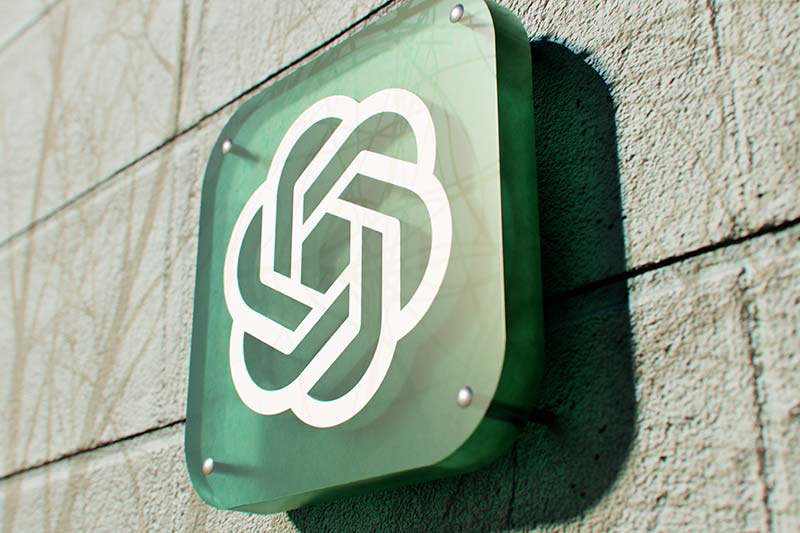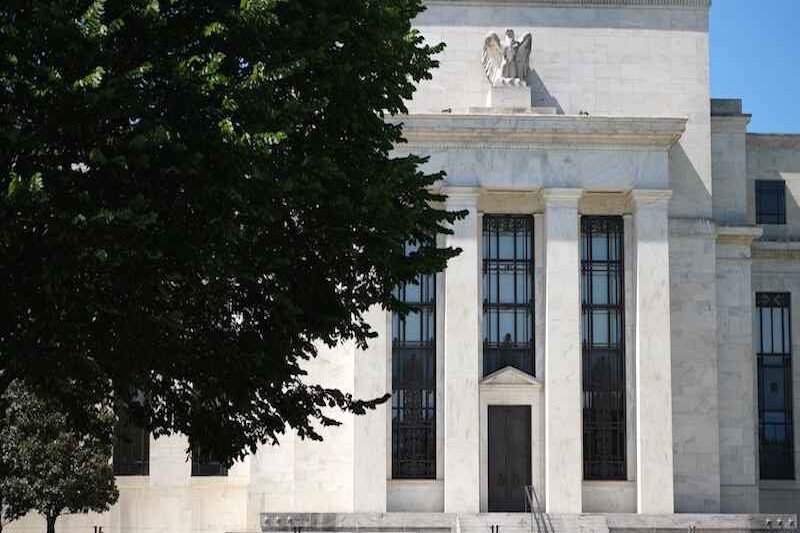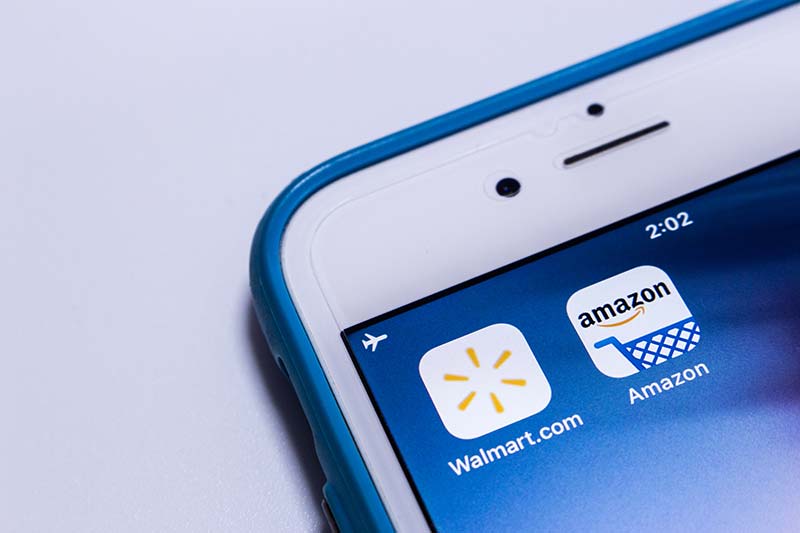Stock of the Week: Healthy Returns From a Soaring Pharma Company
Alpesh Patel|December 9, 2022
With the calls for a recession in 2023 growing, investors need to find resilient stocks.
And that’s why I’ve been looking at healthcare companies.
The fact is, people don’t stop spending on healthcare or medicine, even in a recession.
So even if the economy slows, this sector will continue to grow.
The company I’ve found for you this week is a pharmaceutical manufacturer and distributor. It also sells surgical and laboratory products and provides data solutions.
That means it’s got plenty of horizontal diversification, which is crucial in an economic slowdown.
Plus, it pays a dividend and is forecasting double-digit growth… and it has a healthy CROCI – my favorite metric for measuring a company.
Get all the details on the stock – including its ticker – in my latest video.
Click on the image below to watch it.
Transcript
Hello, friends. Time for another exciting Stock of the Week for all my Manward followers. Welcome one and all.
I’ve got another great one for you this week. Remember, my hedge fund team goes through more than 10,000 stocks each week to see which ones just have the right mix and these Stocks of the Week give you an insight into – just a tip of the iceberg insight into – how we do our research.
What I’ve got for you this week is Cardinal Health (CAH). It’s headquartered in Dublin, Ohio. It’s a distributor of pharmaceuticals. You’ll notice that I’ve been picking quite a few healthcare companies at the moment, particularly because if the economy does slow, it’ll be these types of companies which will be more resilient… because guess what? When you’ve got to spend on health, you’ve got to spend on health.
It’s a global manufacturer and distributor of medical and laboratory products. Global manufacturer, so that means it’s diversified geographically.
And a provider of performance and data solutions for healthcare facilities.
It’s diversified, what you might call horizontally, in terms of the various aspects in the field that it provides.
The pharmaceutical segment distributes branded and generic pharmaceuticals, specialty pharmaceuticals, and over-the-counter healthcare and consumer products.
The medical segment manufactures sources and distributes Cardinal Health-branded medical, surgical and laboratory products.
The company was founded in the year I was born, 1971. So it’s been around a while, and it’s managed during that time to hit a market cap of $20 billion… so it’s not small.
It pays a small dividend. I’m happy about that because I like to see that.
In the first quarter of fiscal year 2023, it reported revenues of $49 billion, an increase of 13% from the first quarter of last year. Forecasted annual earnings growth is 15%. So big strong growth numbers.
Remember… value, growth, income. GVI – growth, value, income. All those numbers are ticked.
Let’s dip into the numbers a bit more.
On my Growth-Value-Income rating, it’s got a 7 out of 10. What is that? Well, we have a proprietary algorithm, as you know, with which we look at the valuation of companies such as their profitability to their share price, sales growth, dividend yields, momentum, cash flow, cash flow growth. And then we score these, weigh these factors and then score it out of 10, so it’s easier for us to evaluate companies.
Cardinal Health has got a 7 out of 10. Anything with a 7 or higher meets our benchmark, means it’s in there.
What’s more exciting is the CROCI, or cash return on capital invested, at 17.3%. Now, this was a formula invented by Deutsche Bank, now used by Goldman Sachs Wealth Management for its wealthiest clients to pick stocks for them. And what they calculated was the CROCI shows the amount of cash a company generates, so the capital that it puts into a business.
Now remember, the raw ingredient of any business is capital and its output is profits. In order to do that, the factory has to turn capital into cash. This is a formula for evaluating how efficiently that engine or motor is converting capital into cash and then obviously, hopefully into profits.
What Goldman Sachs worked out was companies in the top quartile by CROCI, in other words, the top 25% of all businesses by cash return on capital invested, generated as a basket of companies about 30% returns per annum on average. Not every company in the portfolio and not every year, but as a basket on average 30% per annum.
This company this year meets that marker. So it would be in that portfolio. Doesn’t mean that whole portfolio will do 30%, doesn’t mean this company will. Nothing’s guaranteed in finance, but it’s certainly a good sign.
So it’s a good, efficient company at generating cash.
The stock price has been going up over the last six months. Sortino, a measure of the amount of risk or volatility you’ve got in holding the stock relative to the profits you’re generating, is 0.44. I like it to be above 0.3, ideally above 1, but very few companies can do that. So that’s good.
Volatility, nice and low, below 20% the way I like. It’s only 13%.
And it’s outperforming the market. In other words, it’s got Return Alpha.
Let’s look at some of these numbers. Turnover is going in the right direction. Total borrowing is decreasing. Good. I like to see it.
Valuation… it’s trading at a forecasted P/E ratio of 15. What does that mean? Well, today’s share price relative to its forecasted profits is at a multiple of 15. That’s relatively low. That means it’s undervalued, I think. And therefore, as those profits come in, the share price should go to the upside.
Turnover is forecasted to grow. Earnings or profits before interest and tax – or EBIT – is forecast to grow 20% there. Dividends, yes, thank you. Box ticked.
So a lot of very attractive factors for this company.
The share price has been doing rather well over the last few months. Don’t let that put you off. Don’t think, “Oh, well, that’s it. It’s had the best of it behind it.”
We needed to see a bit of that come through before we could get sufficiently confident.
And even at these levels, we think on a discount cash flow basis, its current price is almost 50% undervalued to its fair value. In other words, if it doubled in price, went up 100%, it probably hit fair value.
If we look at the share price movements just statistically, we’ve got a company which doesn’t have extreme movements to the negative side of the last few years. That suggests we’ve got some downside protection. All those you can see could be down 22%, even after a hundred days. You could hold it and think, what’s going on? But on the whole, we should expect a positive return over the next year.
Thank you very much. Hope you find that insightful in terms of how we analyze things and how we look forward to things as well.
Thank you all very much.



